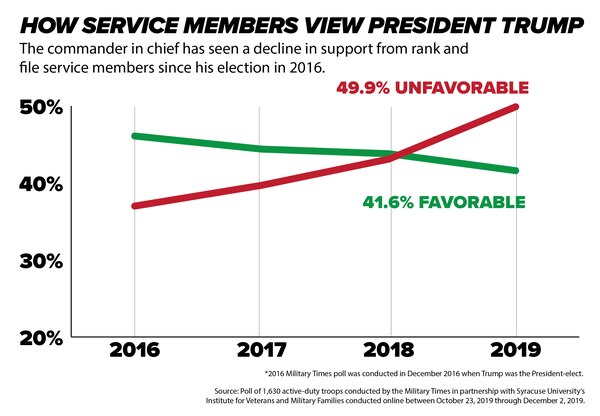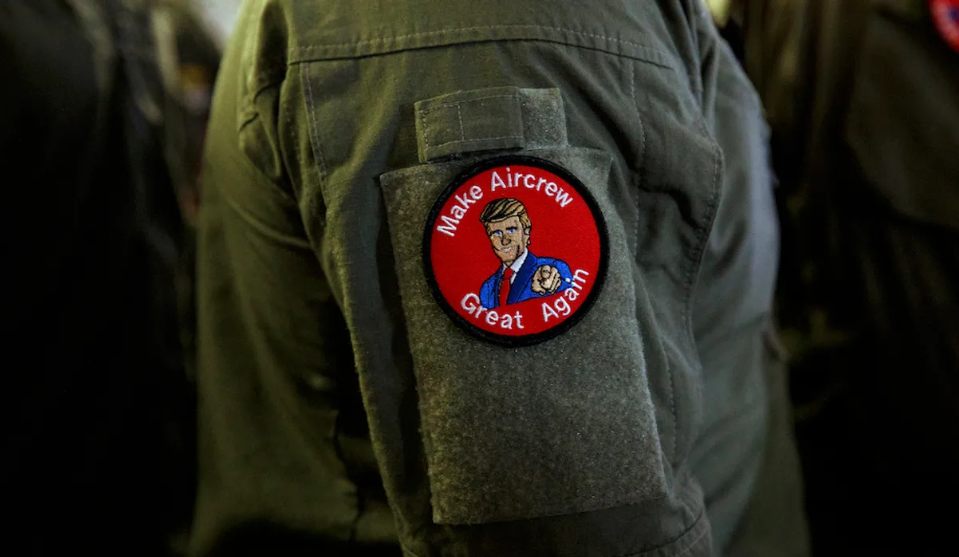Sorry that we didn’t have Sunday cartoons. For the first time in 11 years writing this little blog, Wrongo couldn’t find much that was worthy of publishing, except this one:
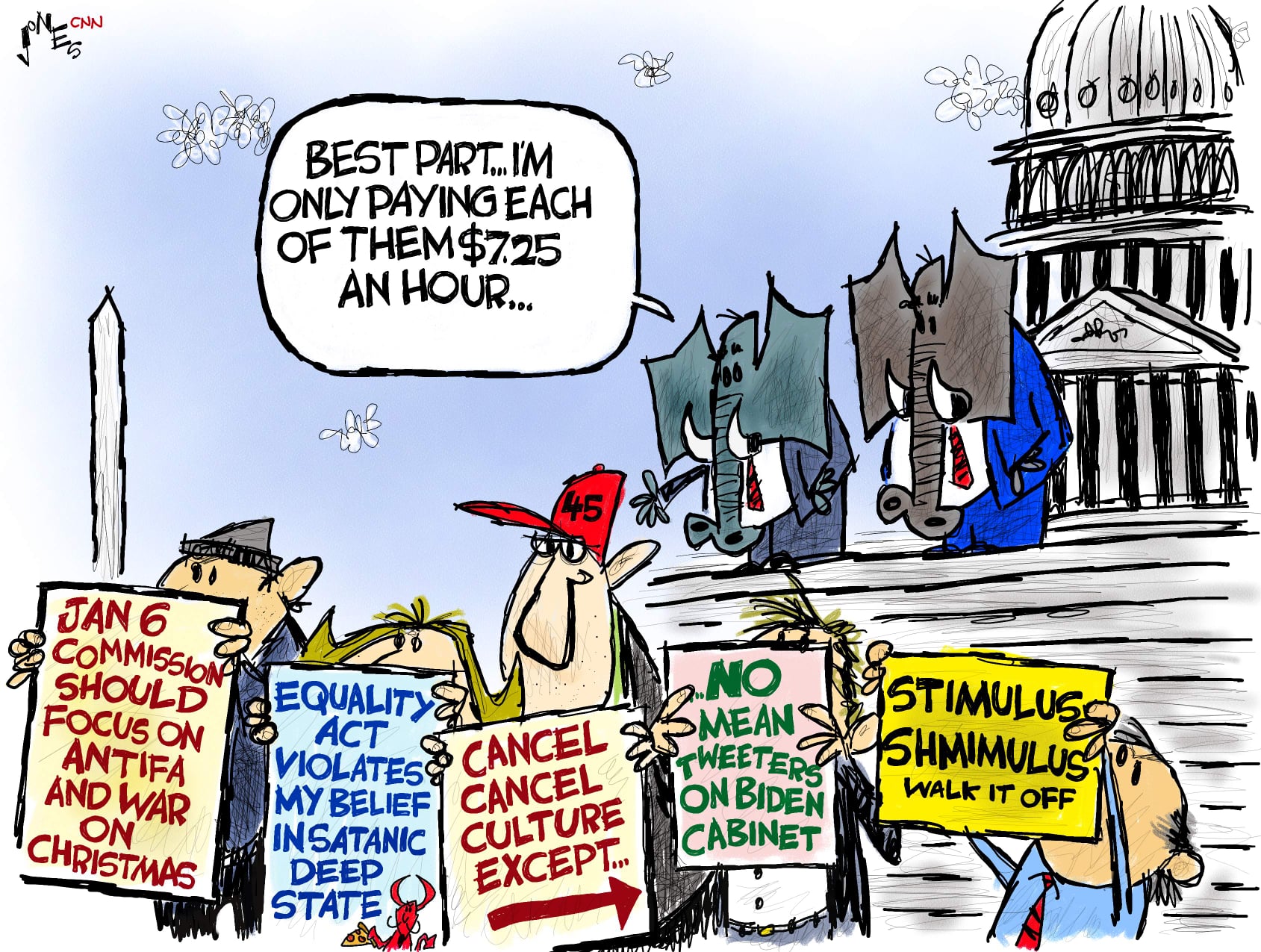
The NYT reported that around one-third of America’s military have declined to take the Covid vaccine. The reluctance is largely among younger troops, and that it’s a warning about the potential hole in the broad-scale immunity goals for the country. Here is what’s known: (emphasis by Wrongo)
“Roughly one-third of troops on active duty or in the National Guard have declined to take the vaccine, military officials recently told Congress. In some places, such as Fort Bragg, N.C., the nation’s largest military installation, acceptance rates are below 50%.”
The Defense Department doesn’t collect data on who fails to take the shot, but says: (emphasis by Wrongo)
“…there is broad agreement that refusal rates are far higher among younger members, and enlisted personnel are more likely to say no than officers. Military spouses appear to share that hesitation: In a December poll of 674 active-duty family members conducted by Blue Star Families, a military advocacy group, 58% said they would not allow their children to receive the vaccine.”
Although hundreds of thousands of military members have received shots so far, taking the vaccine is voluntary for military members, since it’s only been approved for emergency use by the FDA. If it becomes a standard, approved vaccine, the military can order troops to take the shot.
The rule limiting the Pentagon’s authority to mandate vaccinations unless they’ve been approved by the FDA was designed to protect soldiers from being treated as medical guinea pigs by Uncle Sam. Troops cited the military’s use of an anthrax vaccine in the late 1990s which was believed to cause adverse effects as evidence that the military should not be on the front lines of a new vaccine.
There are many other examples from LSD experiments to radiation exposure that have been visited on America’s military in our lifetimes. But this is an example of a good rule that’s produced a possibly bad outcome, since the vaccine has already been given to nearly 50 million Americans.
This shot doesn’t quality as “experimenting” on the military, but rules are rules and vaccine skeptics within the ranks are taking advantage. Mandating compliance is likely to bring other problems. The NYT says:
“In some ways, vaccines are the new masks: a preventive measure against the virus that has been politicized.”
We’ve written about how the military is moving rightward politically. Most of the reasons quoted by the Times for not getting vaccinated sound more like the QAnon party line than what we hear in civilian society.
More from the Times, quoting a 24-year-old female airman in Virginia who said she declined the shot even though she is an emergency medical worker:
“I would prefer not to be the one testing this vaccine”….She also said that because vaccine access had become a campaign theme during the 2020 race for the White House, she was more skeptical, and added that some of her colleagues had told her they would rather separate from the military than take the vaccine should it become mandatory.”
The NYT says in the article that the military’s vaccine skepticism is simply a reflection of the society at large. They quote Dr. Michael S. Weiner, the former chief medical officer for the Defense Department:
“At the end of the day, our military is our society….They have the same social media, the same families, the same issues that society at large has.”
What’s happening in the military is like what we’re seeing across the entire US: There’s a higher percentage of older people taking the vaccine, and that percentage trends down with age.
According to the latest poll from the Kaiser Family Foundation, 77% of Americans 65 or over have either gotten a shot or plan to do so as soon as possible. But just 41% of Americans aged 18-29 say the same.
The military traditionally operates in confined quarters. On ships, in barracks, or at a duty station where there’s little room for social distancing. There soon may be enough military anti-vaxxers where they can cause issues with readiness. There was a Covid outbreak on a navy ship that infected 1,100 crew members, about 20% of the ship’s crew.
Time to wake up America! Returning to nearly normal will take a few things: First, keeping your distance from others who may have the virus; it doesn’t spread easily at distance. Second, taking FDA-approved precautions like getting the shots. Or third, at least wearing a mask.
If you won’t do any of those three, you risk yourself, your family and the rest of us.
To help you wake up, listen to Hennessey the Band do their song “8 Men“:
Sample Lyric:
8 men have all the money.
8 men have more than half of the money than everyone else in the world has combined.
8 men control the economy.
8 men have all the wealth.





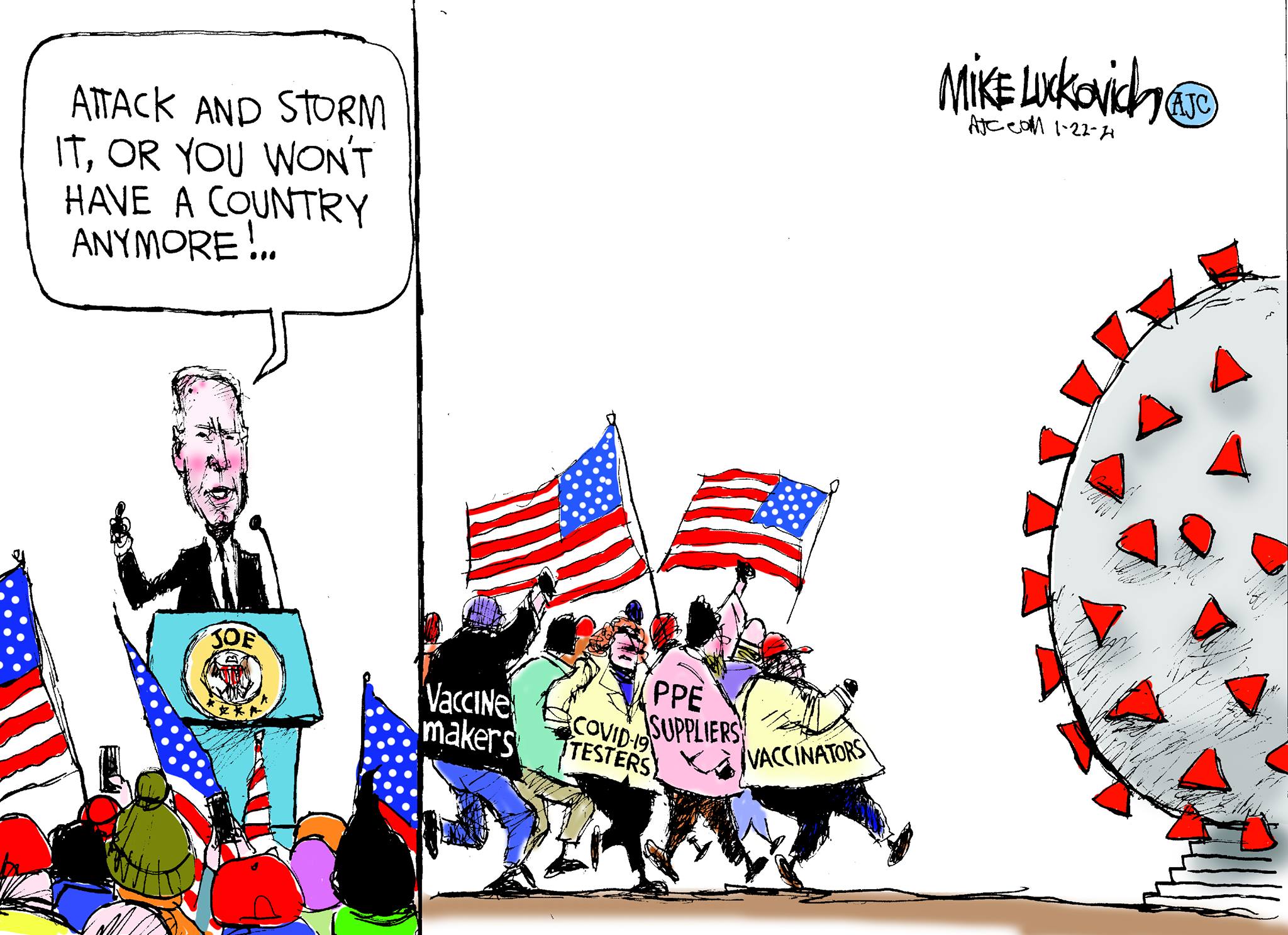
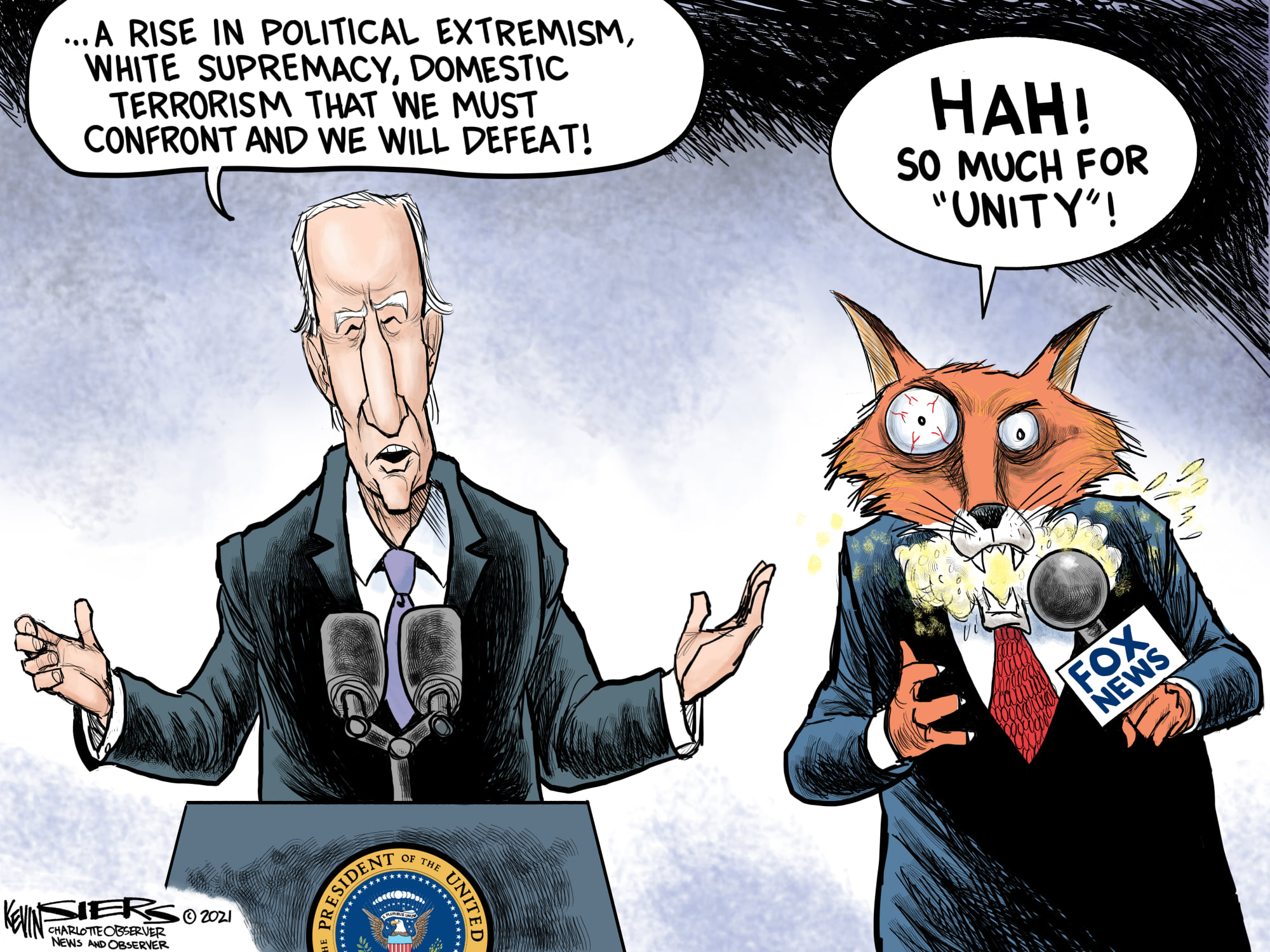
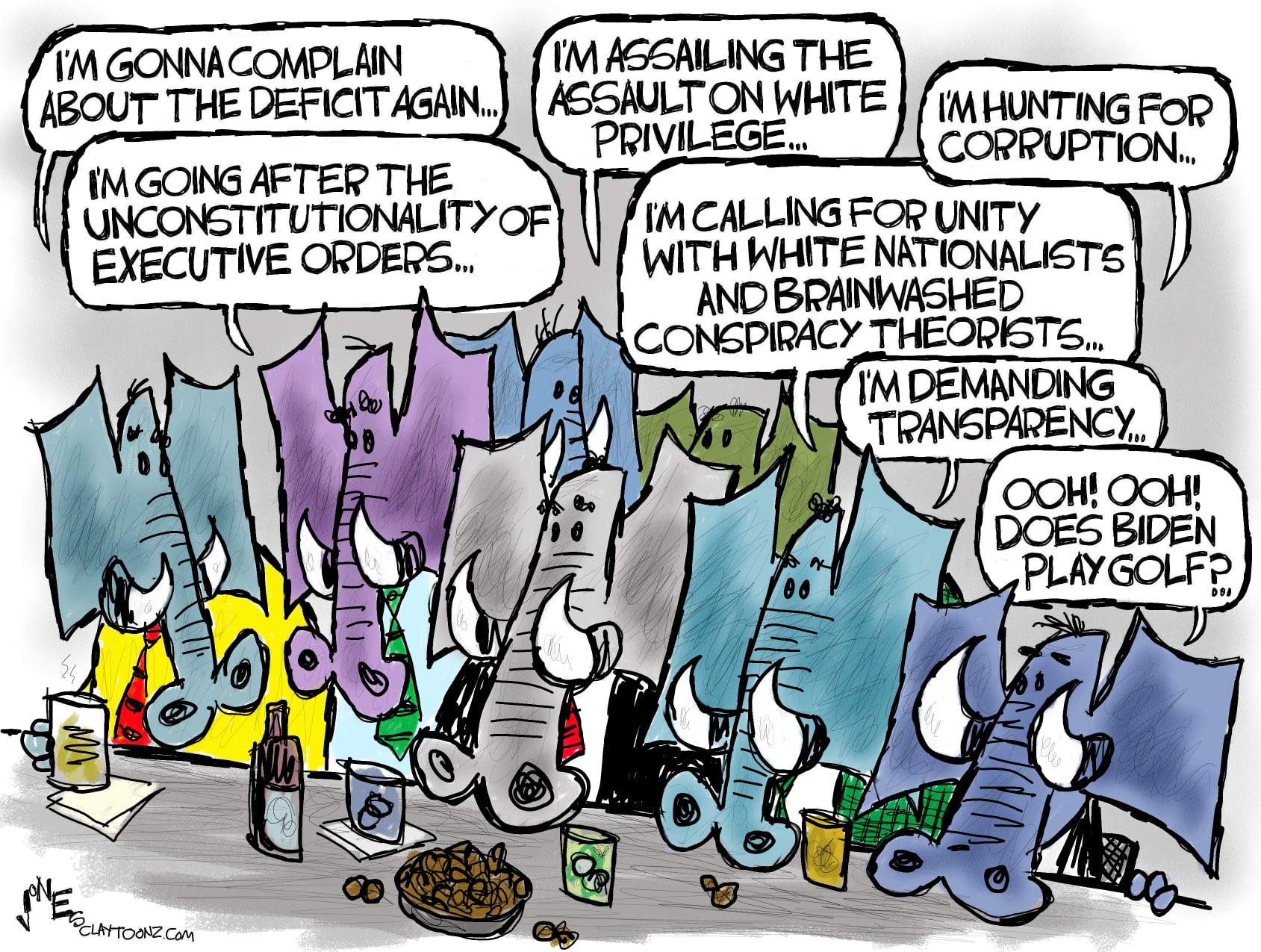

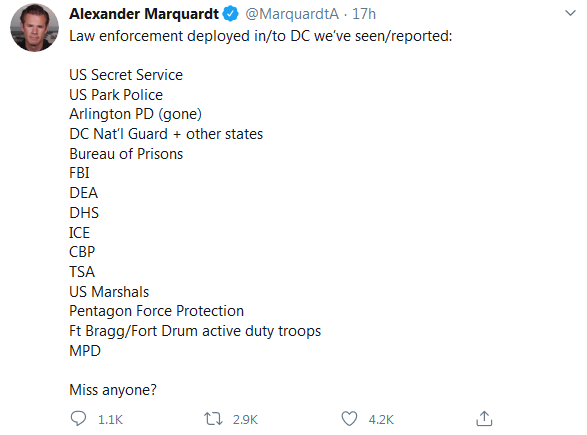


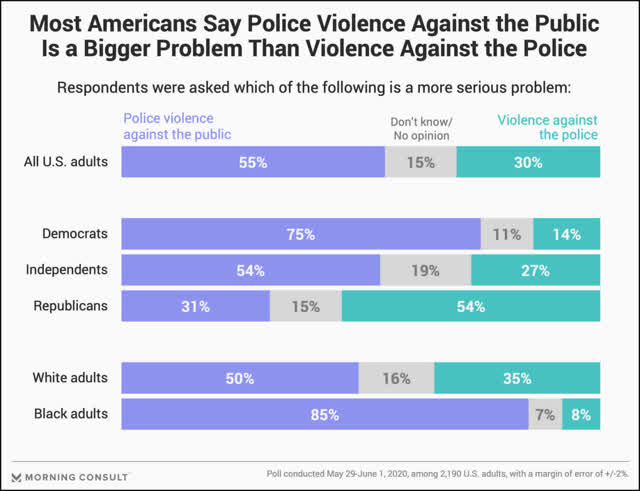
 The Olympic Range from Mt. Elinor trail – 2019 photo by
The Olympic Range from Mt. Elinor trail – 2019 photo by 